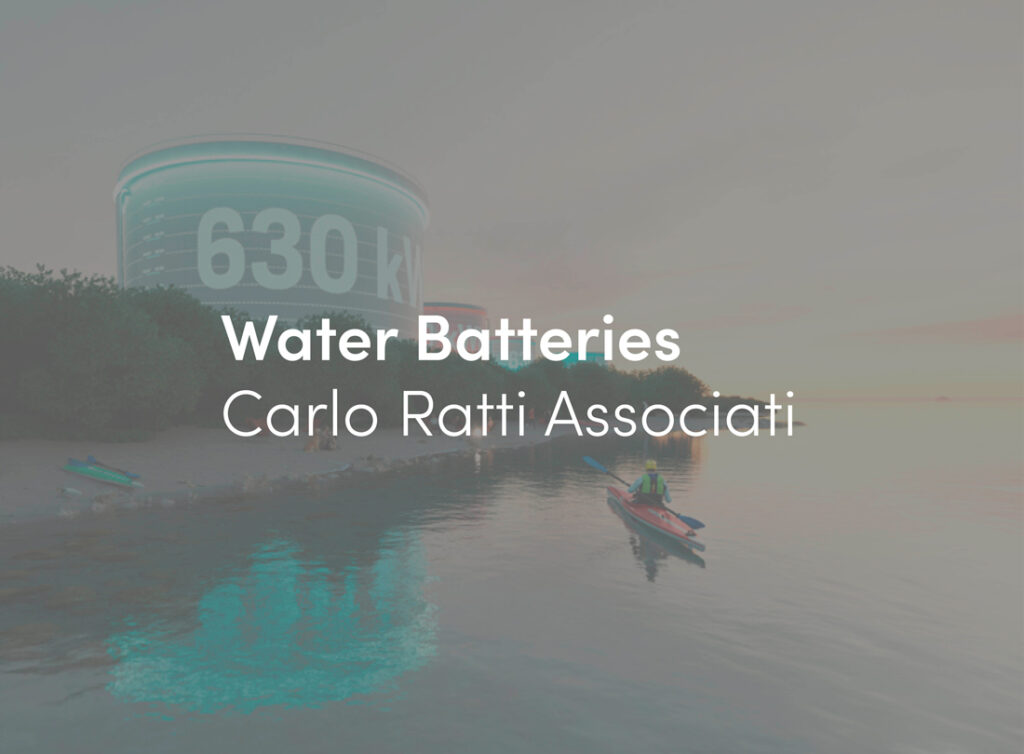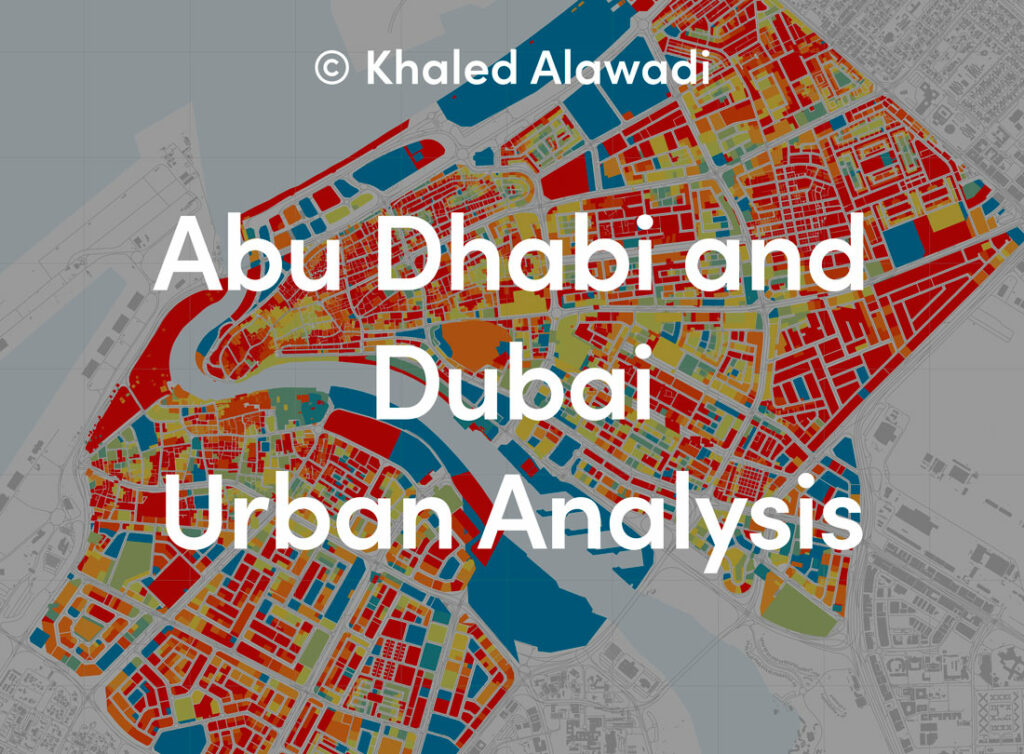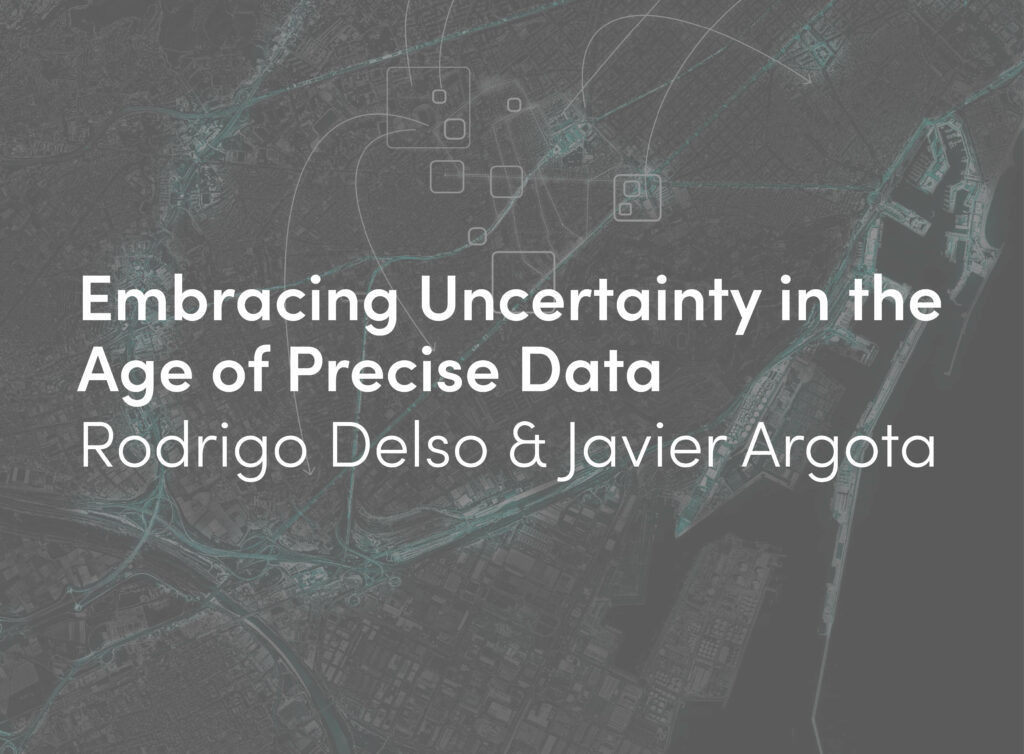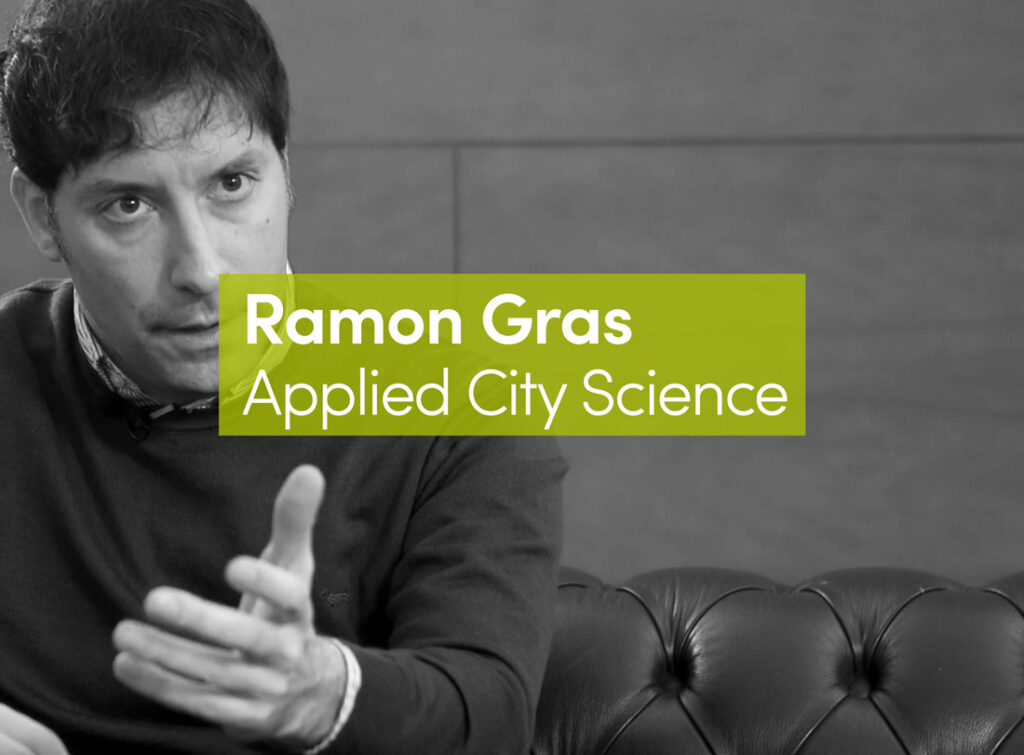The History of Nairobi and the Origins of Slums: The Colonial Phase and the Construction of the Railway
The urban model of Nairobi was established by the British colonial administration. In 1896 the British began working on the construction of the railway line that was meant to connect the Indian Ocean port of Mombasa to Kampala in Uganda, so that the rich mineral resources could be exploited. Once it had crossed the coastal plain, the railroad began to advance up into the Highlands region, characterized by massive rainfall and volcanic soils which made agricultural development of the area a possibility. The territories where the railway line was planned to be built were not uninhabited. Therefore, the British had to deal with the local leaders to get the permission to build (since the railroad was supposed to cross the people’s rangelands). Once the Kenya Uganda Railway was completed, in 1901 – exploiting cheap labour from British India, as well as the Africans themselves – the headquarters of the railroad were moved from Mombasa to Nairobi. That is how the city of Nairobi was born, and its development was very rapid owing to the railroad. The city was founded in 1899 as a depot for railway supplies, due to its central location between the coast and the British properties in Uganda. This area was set apart not only for its strategic position; it was also characterized by an extremely hospitable atmosphere determined by its proximity to a thick hydrological network, which provided an abundant presence of water, and by its high altitude position, between 1600 and 1800 meters above sea level, which generates cool temperatures and eliminates the risk of tropical diseases like malaria. Subsequently, Nairobi began to develop as the economic and commercial centre of the British protectorate and was proclaimed as its capital in 1901.
The Start of the Concept of Land Ownership in Nairobi
The British colonial government had a major impact on African society, shaping the city according to the same system of urban segregation, the social and economic conditions, and the policy that characterizes it today. From the beginning, the colonial authorities encouraged the allocation of the land on both sides of the railway to white settlers. That terrain became the White Highlands, which, not surprisingly, was the most fertile part of Kenya. In pre-colonial Africa, private property did not exist; the purchase of land was also not allowed. Proprietorship was based on the concept of common property: land belonged to the community, was administered by the elders – who were only its guardians – and every adult had the right to use the land depending on age and status. The models of colonial organization not only distorted the traditional indigenous conceptions, they also had a lasting impact, especially in cities where the European concepts of land ownership were established. As long ago as in 1901, it was decided that all public lands would pass under British control and a further order of 1902 stated that vacant land could be sold and leased to British settlers.
The land market began with transactions derived from the economic capacity of the contractors. That gave rise to the system of supply and demand, leading to higher prices and a rise in speculation. With land purchase began a long and often violent process of the expulsion of indigenous people from their fertile lands without any compensation. They were forced to move into territories where the land was infertile or filled with forests.
Reserves were created and the Highlands became “for Europeans only.” The mechanism of expulsion from the land and the city was very simple and was made legal by a series of decrees issued by the Crown. The natives did not have any property titles for their land. With the passage of the territory under British colonial control, the sovereignty of the land passed into British hands, and it was distributed to the white settlers; the Africans were excluded.
During the period of construction of the railway, many Africans came to the area in order to support the Indian workforce by doing the most menial jobs. The Africans were not only forced to live in special provisions – a requirement sanctioned by the issue of the Native Registration Ordinance, they were also not allowed the right to own land or build houses. This measure was meant to serve as a guarantee of their return to their villages once the period of work was finished. In order to support this measure temporary permits were issued, which were not transferable and not inheritable. This was also a way to maintain complete control over the African population and to allow the whites to have total freedom of action. Since the Africans could not own a piece of land or legally build their own homes, the imminent result was the construction and development of illegal houses without any kind of services in areas that were totally devoid of infrastructures. This situation – and no attempt to remedy it was made, except for demolition, which did not achieve the desired results – led to the birth of the slums that still surround Kenya’s capital.
The Three Zones of Nairobi
Nairobi became a “white island on the black continent”. Europeans took complete possession of the city, from an administrative standpoint as well as a social and political one. Their rule was also evident in the territorial organization of the urban areas, where the government started a real urban segregation. Nairobi was divided into three distinct zones following a racial criterion.
Quarters for Europeans: along the northern and western part of the railway line. These areas were located in the higher part of the city, which is the richest part with the most fertile land. Here, large estates were built surrounded by vast gardens.
Quarters for Asians: these quarters were a sort of mid-way point between European and African neighborhoods and were located in central areas with a minimum of services and infrastructures.
Quarters for Africans: located mainly in the southern and eastern segments of the railway line. These were the unhealthiest areas; in fact, during the rainy season, these areas became huge swamps because they were located in the lowest-lying areas of the city, characterized by large depressions. The neighborhoods were not equipped with any type of services or infrastructures.
The Distribution of Land and the Birth of the First Informal Settlements
The European sector was given a huge percentage of the land: about 80% of the urban residential land, which corresponded to only 10% of the population. As such, it was an area with low population density in contrast to the areas designated for Africans, which were small and over-crowded. At the end of the First World War, another city – and informal one – began to take shape alongside the official city that had been planned by the Europeans. The first eight informal quarters were formed, thus making socio-spatial division a salient feature of the city of Nairobi:
Kangemi: located beyond the west limit of the administrative district, near the Nairobi River.
Kawangare: located to the south of the city.
Kibera: located in the old communal land adjacent to the Ngong River, created for Nubian soldiers from Sudan.
Kileleshwa: the last village located in the western part of the central business district, near the Nairobi River.
Pangani: located in the northeast part of the city between the Mathare River and the Karura forest; it was created in 1902 for the Africans who worked in the city or those who were in transit to the Uganda coast.
Mombasa: the smallest village, located right on the border of the administrative district.
Masikini: occupying a small strip of land between the Mathare River and the Forest Road.
Pumwani: the farthest village, which was built exclusively for the people who worked in the city.
In this way, the urban model imposed by the colonial regime became consolidated. In proximity to the European town, the non-city – built spontaneously by the Africans – began to form and consolidate. With the end of colonial regime and the achievement of the independence in 1963, this situation of segregation and urban fragmentation was maintained by the new government. By eliminating the restrictions on freedom of movement, many people began to relocate to cities in search of better living conditions, but they found themselves marginalized and they had to invent a new type of city. The result was the construction of illegal houses without any kind of service in areas that lacked any infrastructure.
Despite the rhetoric of liberation from the colonial yoke and the advent of social justice, postcolonial elites have, in fact, maintained the spatial and racial organization created during the colonial period. With independence, the majority of Europeans who had lived in the territory left the country, and their land was “purchased” by the new national government and then redistributed among the new African elite, which gradually acquired and substituted the European roles, taking up all the associated benefits.
The new local elite has not only chosen to maintain the status quo – i.e., the socioeconomic and spatial structures imposed during the colonial period, it has also created a kind of “tribal” political system, by strengthening ethnic divisions and by favouring the membership group of the head of the State. This created an anomalous situation, which, over the years, has led to a policy of promoting the welfare of the clan in power, instead of focusing on social equity and the general interest of the nation.
This distorted situation, established during the colonial period, and maintained and accentuated by the new governments that have followed, has led to the creation and consolidation of the presence of slums, which now represent a problem that is increasingly serious and difficult to resolve.
The Property System
Nairobi’s slums are located on land that belongs to the government or that has been donated by the government to private owners. For this reason, slums are considered illegal and are not officially recognized, although they are included on the urban map. The lack of property rights to justify the occupancy of these lands by the inhabitants and the structures they have created makes the housing situation totally precarious and insecure. Unexpected evictions and demolitions are regularly carried out, often without any warning, worsening people’s lack of interest in making any improvements to their homes.
The houses are built in a completely random way without following any town planning criteria, instead attempting to occupy all available space. Only the government and the owners of legalized land are allowed to build permanent structures (concrete, stone or brick), whereas the illegal inhabitants are only allowed to build lightweight and semi-permanent structures (wood, metal, reinforced earth). Otherwise, they are subject to demolitions, evictions and penalties. There is no way their right of ownership can be recognized.
A less precarious situation consists in paying a rent to a private party who possesses an area transferred over by the government. For this reason, most of the owners of the huts built in the slums of Nairobi are very wealthy people who live outside the slums and only go back there only to collect rent. The rent is considerably varied and is determined by a number of factors like the location of the cabin, its size, the type of structure and the presence or absence of toilet facilities or relevant components. As for the location, rent prices increase if structures are in the vicinity of roads and railways, or near a power line. The rent can vary from 300 shillings to 8,000 shillings per month. In cases where a person cannot pay the rent, which is often too high for a slum resident, an initial warning may be the removal of the front door. This makes the situation even more insecure, because residents become easy prey for the thieves. In extreme cases, they may become victims of violence and abuse, in particular those who are most vulnerable, such as women and children.
Mathare: History and Access to Basic Services
Mathare is the second-largest slum in the city, after Kibera. According to various informants and data collected by NGOs in the area, this slum is home to a population of about 500,000 inhabitants and covers roughly 1.5 square kilometres. Mathare is located about ten kilometres north of downtown Nairobi, along the Juia Road, near to the district of Eastleigh and the military air base. This settlement developed in a valley crossed by the Mathare River, which divides the area into two parts: Mathare Valley and Mathare North. It is divided into several villages: Bondeni, Kosovo, Mathare 4B, Mathare Number 10, Mathare 3A, Mathare 3C, Mabatini and Mashimoni Village.
Before the independence, achieved in 1963, the Asians who lived in the territory possessed an area known as Mathare, where they had built a small village around 1921.
When the State of Emergency was declared in 1952, the area was razed by the British colonists, who were convinced that it was a stronghold of the rebel Mau Mau group. Subsequently, the Mau Mau, made up mainly of Kikuyu people, were able to return to Mathare, where they settled permanently. Afterwards, a quarry was discovered in the area, which began to attract workers from various areas near Nairobi, who began to build the first houses – since during the colonial period the Africans were not allowed to reside in the city. With the end of colonialism, and with the later abolition of the laws that restricted the movement of natives, a massive migration began from rural areas to the city. As a consequence, the informal settlements such as Mathare, began to grow and expand without following any town plan.
The government initially let these new citizens settle in, with the belief that it would be a temporary condition. Over the years, however the slum expanded and lost that character of temporality that the government had presupposed.
The land on which Mathare now stands formally belongs to the government, even though part of it was sold to private owners. This slum is also considered an illegal settlement that is not officially recognized by the state. Neither the government nor the private owners ever estimated, much less made any kind of planning or distribution network for services and basic infrastructures.
This situation is common to all the other slums that surround Nairobi: the residents live in a highly polluted and degraded environment, lacking basic services such as drinking water, adequate toilet services, drainage structures or systems for the collection and disposal of waste. Private owners sell the water at high prices: around 5 shillings per 20 liters. For this reason, many people seek to connect to the water pipelines illicitly. Mathare is so full of open-pit dumps that waste is spread everywhere, accumulated on the sides of streets, or thrown into the river, which floods during the rainy season.
The illiteracy level is high, especially among the adult population, in particular the women. The schools are few and overcrowded – we’re talking about “street schools” that are not recognized by the Ministry of Education. For this reason, in order to go to high school a very difficult state exam has to be taken, and only 10% of students are able to access upper level education. In addition, many children cannot access at all, because the indirect costs such as school uniforms and books are too high.
Regarding the health system, we can say that the population of Mathare has been completely abandoned by the authorities. There are no hospitals, except some minor primary care centres or medicine dispensaries, built by voluntary organizations. HIV is a pathology that has also run rampant in the slums (60% of the population is infected with HIV). Compared to the major slums of Nairobi, Mathare has the highest prevalence rates.
Work and the Informal Economy
The informal sector generates almost 80% of the jobs in Nairobi. This form of parallel economy, very present in the slums, is defined by the term Jua Kali, which in Kiswahili means “hot sun”. The term is used to delineate all activities that take place outdoors under the hot equatorial sun. Many businesses in the slums are managed by women, who may run a kiosk in their own homes or in the slum markets. Men are more likely to find work outside the slums (in the city centre or in factories out in the suburbs). This happens mainly because women have difficult access to education, and their lack of specific skills makes it difficult for them to find employment in the formal sector of the economy. Very often, they happen to be employed in insecure, or even illegal, jobs and can easily fall into the trap of prostitution.
Worsening this precarious situation is the fact that women are entrusted with the care and management of the home and children, a fact which reduces their available time to start any kind of small business. All this has a major impact on the opportunities for the empowerment of women. On the other hand, it allows them to manage different activities within the slums, at home or in the immediate vicinity.
In the slums, you can find any of the necessary goods and services for everyday life. All products are sold, and the services are offered at a low cost in order to meet the needs of consumers, who have low incomes and who could not afford them otherwise. Many of the goods sold come from the countryside or even from illegal dumping. The landfills are indeed an important source of survival for the poorest part of the population.
The main activities carried out in the slum (and observed by our research team) are: water sellers, sellers of fruit and vegetables, cooked foods, fish, eggs, chickens, butchers, shoe salesmen, sellers of clothes, utensils, coal and paraffin, cosmetics, carpentry, machine shops, hotels/bars, cinemas, internet points, hairdressers, tailors, laundry and taxi-bike.
Licensing and risks: entering this type of activity is easy because starting it is free enough; the initial investment is small and the skills required are low level. However, it is not immune from risk: often those who exercise their activities in this area become the targets of thieves and criminals who steal their products, destroying the precarious structures. There are also the askaris, a kind of “neighborhood Police” charged with controlling the “regularity” of those who exercise this business in ways that are anything but legal. In order to work in this field, an individual must be in possession of a daily, monthly or yearly license. In many cases, even if a seller has paid for his license, he may still be faced with threats, violence and abuses from the askaris.
Corruption is rampant and, as such, often the payment of a “surcharge” is required, in order to remain in a certain place or to sell certain goods. These mechanisms obviously inhibit the already precarious possibilities of those involved in this area. The daily license paid to the City Council of Nairobi is equal to 25 Kenyan shillings for small-scale activities, whereas larger activities amount to 50 Ksh. The cost of the license for a year is about Ksh 4,500, although this amount varies depending on the type of activity, the size and its location.
The Role of Associations in the Slums of Nairobi
Nairobi is the city with the largest number of associations in the world. There are a record 3,000 NGOs and, in fact, for the people of the slums, they are the only source of support and assistance when it comes to dealing with the major problems that exist in the informal neighborhoods.
Associations are therefore an outpost of civil society in the slum area. Associations formed by the local community, as well as resident committees and interest groups are helped mainly by local and / or international NGOs, and they finance themselves by carrying out social activities in the Mathare areas where they are located. They also deal with activities related to recycling, or, more often, door-to-door garbage collection, which continues through the large Dandora dumping site. There are also a large number of organizations that support people with HIV, dealing with the distribution of medicines and monitoring HIV-positive people. In Mathare, in fact, HIV-positive people make up more than 50% of the population.
Many local organizations also share a common theme, which is that of ethnic pacification. You cannot treat the slum subject in Nairobi without taking into account the events that occurred in the aftermath of the last general elections, which led to ethnic and tribal hatred and made Mathare one of the bloodiest battle sites. This mainly involves small-scale aggregations of young social activists, but music and creative activities are also usually organized by small associations spread all over the territory of the slums. In this sense, associations are also an important observation point in order to understand what is happening broadly around the slums and in order to educate the new generations in respect for all ethnic groups, through music, art and social commitment.











